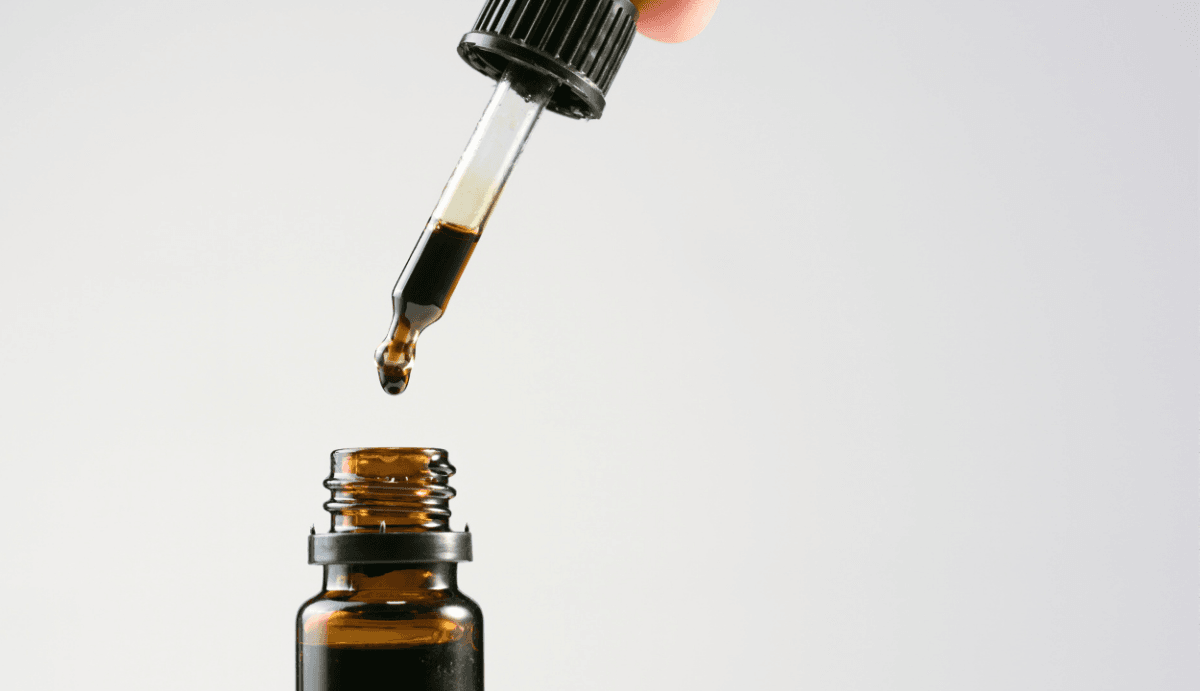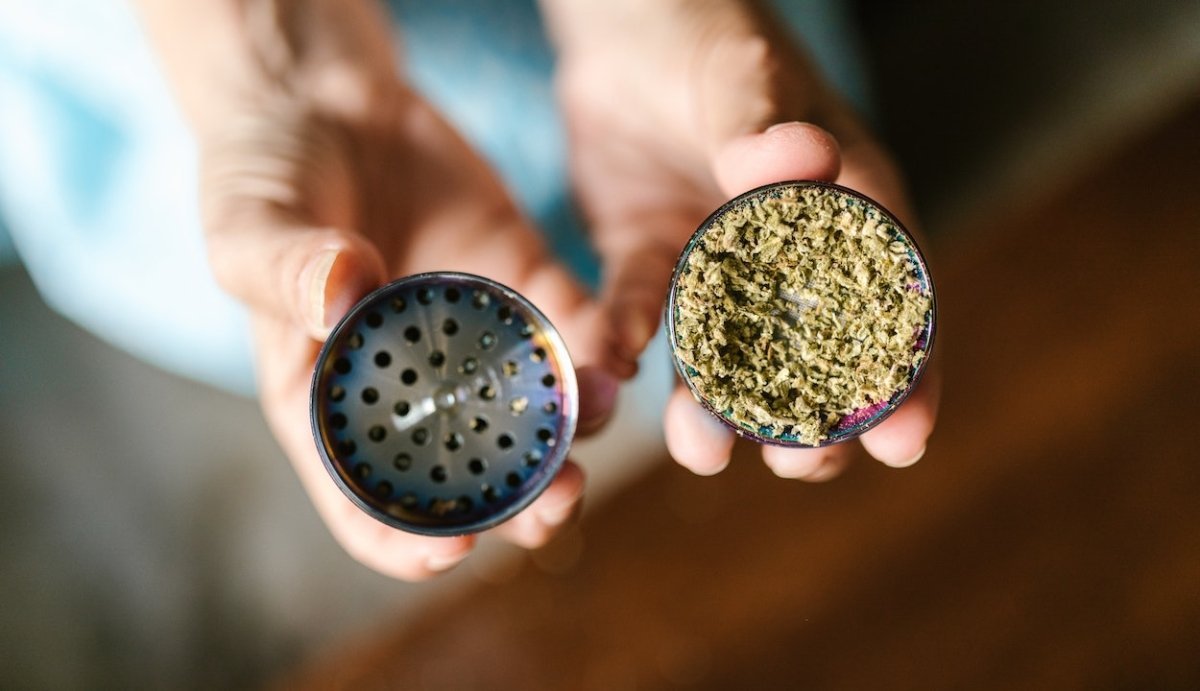Your Cart is Empty
FREE SHIPPING ON ALL ORDERS $75+
Deciphering who discovered Delta-8-THC can be difficult, but it all boils down to how you define the word “discover.”
The discovery of Delta-8 is often attributed to Roger Adams, an American organic Chemist who was working at the time as the Department Head of Chemistry at the University of Illinois. More accurately, though, the discovery of Delta-8-THC as we know it today should be described as a group effort.
Here’s how it happened:
Table of Contents
Delta-8-THC Discovery and Synthesis
Early Delta-8-THC Research
The Future of Delta-8-THC Research
Legal Delta-8-THC
Resources

As we mentioned, Roger Adams was the first to publish an article regarding the partial synthesis of Delta-8-THC in 1941. He and his colleagues at the University of Illinois were the first to discover and begin researching Delta-8-THC found in whole-plant, high-THC cannabis. In 1942, the same group began research regarding the psychoactive properties of Delta-8, which led to a small arrangement of preliminary studies regarding Delta-8’s medicinal uses.
More than two decades passed before the entire Delta-8-THC molecule was finally synthesized by Raphael Mechoulam, an Israeli organic chemist who is often referred to as “the father of cannabis,” thanks to his discovery of many major cannabinoids, including Delta-9-THC.
At the time of discovery, Delta-8-THC was frequently referred to as Delta-6-THC (Δ6-THC), but has been more accurately renamed Delta-8-THC as we’ve learned more about the whole molecule and its double bond placement (which is at carbon chain position 8).
Researchers have evaluated Delta-8-THC’s medicinal potential in a few different areas, but early research mostly focused around the use of Delta-8 against cancer cells, in the management of cancer-related symptoms, and as a treatment for glaucoma and corneal injuries.
In 1975, one study titled “Antineoplastic activity of cannabinoids'' found that delta-8 may shrink cancerous tumors in rats. In 1995, Mechoulam and a colleague released a study that found that delta-8 may be able to significantly reduce nausea caused by chemotherapy in pediatric cancer patients. In fact, delta-8 was found to be 100% successful at reducing nausea in the 480 treatments given, and to have fewer harmful consequences when given to children than Delta-9-THC.
A 2004 study found that delta-8 may go further than reducing nausea. It was discovered that the minor cannabinoid might actually stimulate appetite in rats, though it’s thought to do so to a lesser degree than delta-9, which is infamous for causing “the munchies.”
Early research concerning Delta-8-THC was stunted by legal battles that prohibited cannabis use or possession in the U.S. without special permits, which were not always easy to obtain. When such permits were granted, most research interests surrounded Delta-9-THC because it was available in greater abundance and thought to be the primary cause of cannabis’ psychoactive effects.

As we mentioned, early Delta-8 research was incredibly limited. In fact, the efforts of Mechoulam and other researchers to identify the medicinal values of Delta-8-THC were often criticized because the molecule was only found in extremely low concentrations in natural cannabis material. Therefore, it was difficult to source Delta-8 in the quantities necessary for therapeutic applications.
This all began to make more sense when Mechoulam filed for a patent in the early 2000’s regarding a process called “isomerization” which successfully converts CBD to Delta-8-THC.
Thankfully, the 2018 Farm Bill officially legalized cannabinoids found in high-CBD, low-THC hemp strains. Now that CBD is highly accessible through legal methods, Delta-8-THC is also legal and is being sourced in abundance using a variety of different isomerization methods. (Read How Delta-8-THC is Made to learn more.)
As Delta-8-THC becomes more accessible, researchers are taking more interest in it’s potential medicinal effects for various reasons. For instance, Delta-8 may have fewer drawbacks than Delta-9, which may cause anxiety or paranoia in some people.
Most significantly, however, is Delta-8’s extended shelf life when properly stored. Compared to Delta-9, which degrades quickly when exposed to light and air, Delta-8 is thought to be far more shelf stable, potentially making it more suitable for pharmaceutical applications.
In the future, research efforts are expected to expand previous discoveries (like the use of Delta-8 for cancer and nausea) and center around new interests, like the use of Delta-8-THC for anxiety, pain, inflammation, and a series of chronic illnesses that have been found to respond to Delta-9.
Thanks to updates to national law, Delta-8-THC is legal in many states across the country, and is easily accessible for U.S. citizens where THC is otherwise out of reach. Our entire selection of Delta-8-THC products is 100% Farm Bill compliant and made according to stringent legal and quality standards. Thanks to the joint efforts of Adams, Mechoulam, various cannabinoid researchers, and modern lawmakers, you can order Delta-8-THC online and have it shipped directly to your door.
Comments will be approved before showing up.



